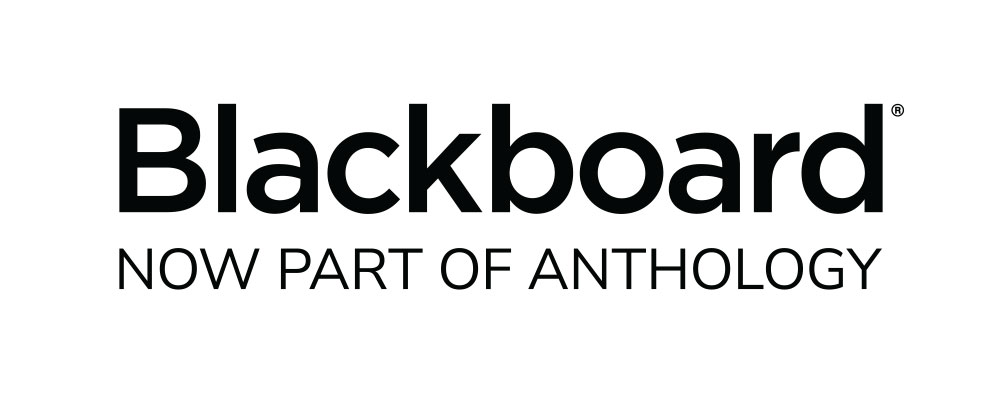Creating inclusive learning experiences can mean adapting to a variety of student needs and learning styles, and enhancing the learning experience, by offering course materials in a variety of formats. Building a more inclusive environment isn’t just about focusing on accessibility. It requires a broader focus that includes recognizing different needs and abilities when delivering course curriculum and content. To meet students where they are, instead of simply making accommodations.
Sponsored By:


